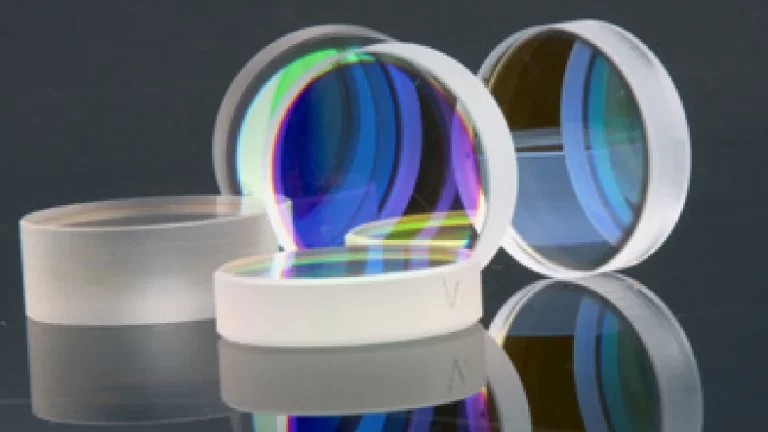Right Angle Prisms: Reversing Light Direction & Mechanism
The field of optics offers fascinating insights into the behavior of light and its manipulation. Among the many optical devices and components, the right angle prism stands out as a versatile tool capable of reversing the direction of light. In this blog post, we will explore the intriguing concept of using a right angle prism to reverse the path of light. We will delve into the underlying principles and mechanisms that make this possible, shedding light on the practical applications of this phenomenon.
Understanding Reflection in Right Angle Prisms
To comprehend how a right angle prism reverses the direction of light, we must first understand the fundamental principle of reflection. When light encounters a smooth surface separating two media with different refractive indices, it can bounce back at a different angle. This phenomenon, known as reflection, forms the basis for the functioning of right angle prisms.
The Geometry of a Right Angle Prism
A right angle prism consists of two perpendicular triangular faces and three rectangular faces. One of the triangular faces is the base, while the other is the hypotenuse. The rectangular faces connect the base and hypotenuse, creating a prism with a 90-degree angle between them. This geometry plays a crucial role in the reversal of light within the prism.
Total Internal Reflection: The Key Mechanism
Total internal reflection is the primary mechanism employed by a right angle prism to reverse the direction of light. It occurs when a light ray encounters a boundary between two media, but instead of passing through, it reflects back into the originating medium.
In the case of a right angle prism, total internal reflection takes place at the hypotenuse, which acts as an internal mirror. The incident light ray enters the prism through the base, and at the hypotenuse, it strikes the interface with a critical angle relative to the normal. When the angle of incidence exceeds this critical angle, the light ray undergoes total internal reflection, bouncing off the hypotenuse and reversing its direction.
Practical Applications
The ability to reverse the direction of light using right angle prisms finds applications in various fields. One such application is in periscopes, which are optical devices used in submarines and other situations where vision must be transmitted vertically. Right angle prisms allow for the rotation of the incoming light, enabling it to change direction and reach the observer’s eyes.
Right angle prisms also play a significant role in the construction of retroreflectors. These devices reflect incident light back toward its source, regardless of the angle of incidence. By incorporating right angle prisms, retroreflectors can achieve this functionality efficiently.
Furthermore, the reversed direction of light facilitated by right angle prisms is utilized in the design of corner reflectors. These reflectors are often used for signal reflection and measurement purposes, allowing for precise alignment and detection of light.
Conclusion
In conclusion, a right angle prism serves as a remarkable tool for reversing the direction of light. Through the mechanism of total internal reflection, light rays can be deflected and reversed within the prism. This phenomenon finds practical applications in periscopes, retroreflectors, and corner reflectors, among other optical systems. By understanding the principles behind the behavior of light in right angle prisms, we can harness their power to manipulate and redirect light for various purposes.








